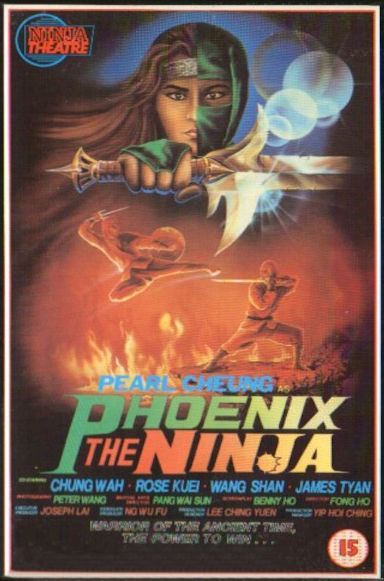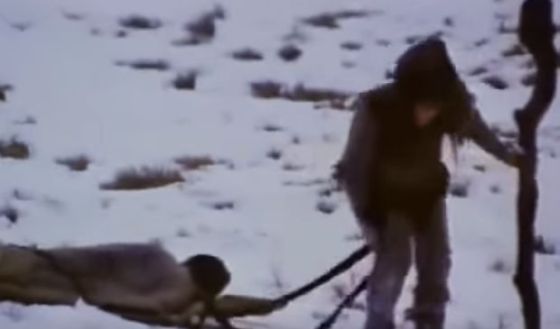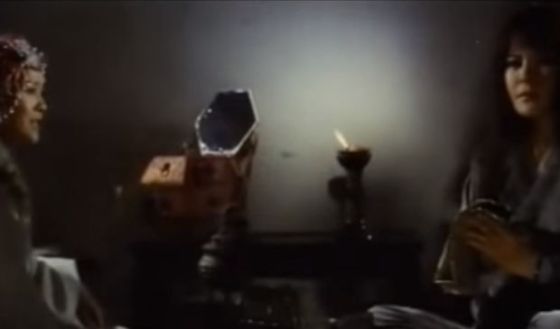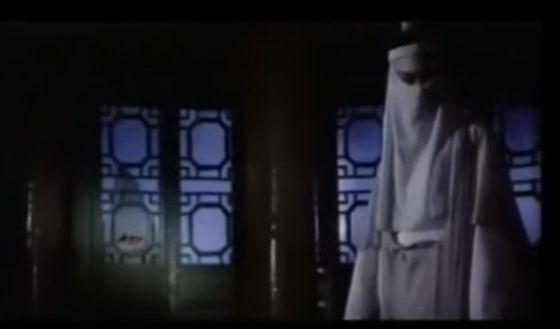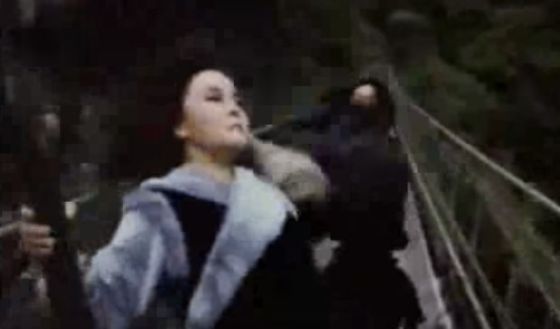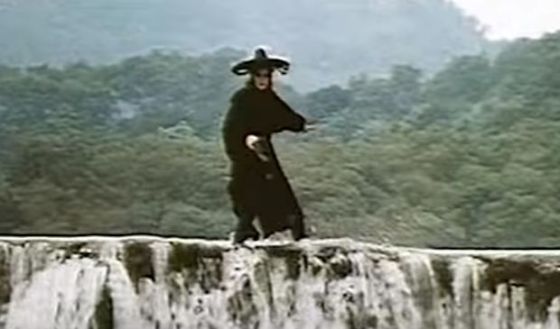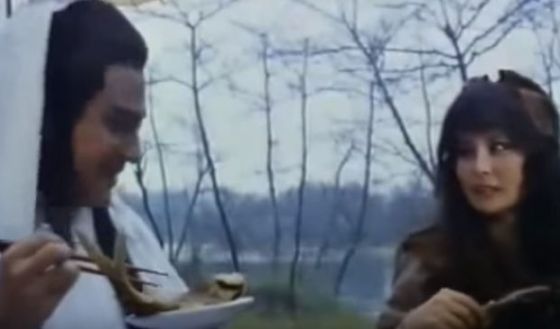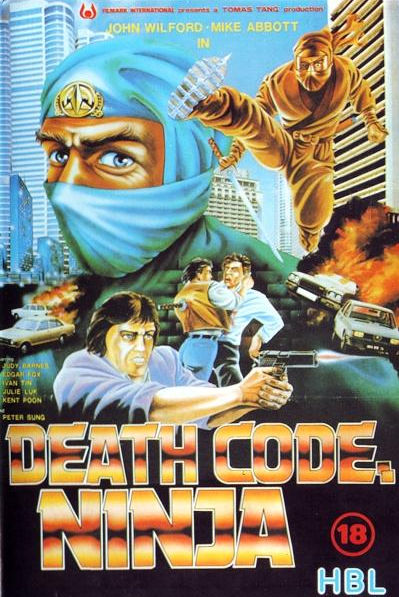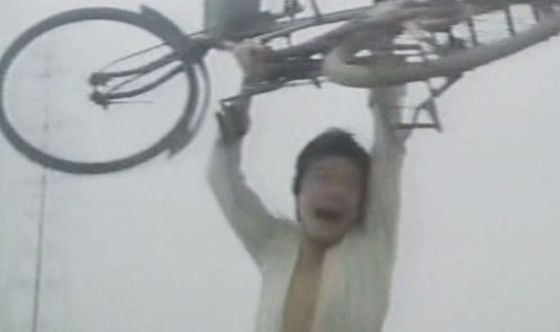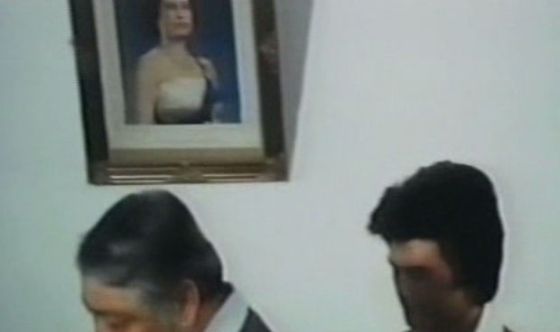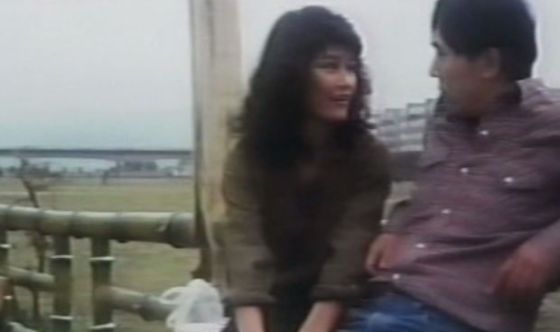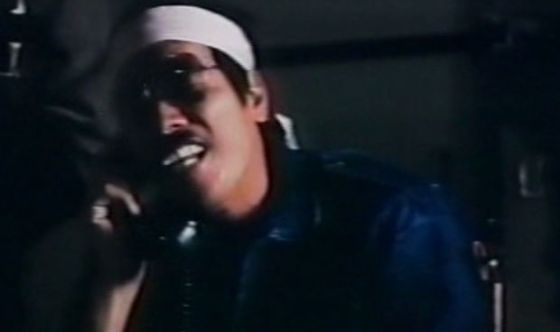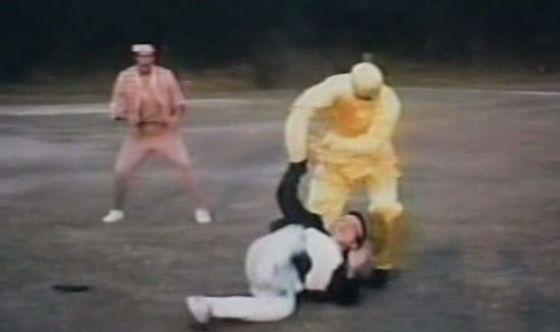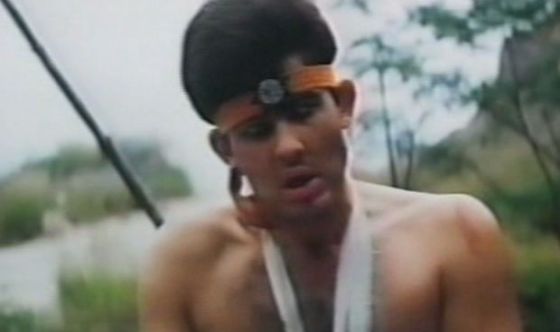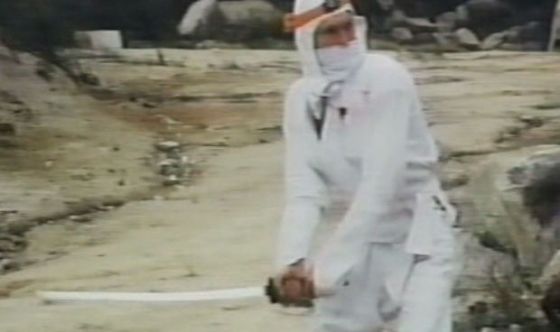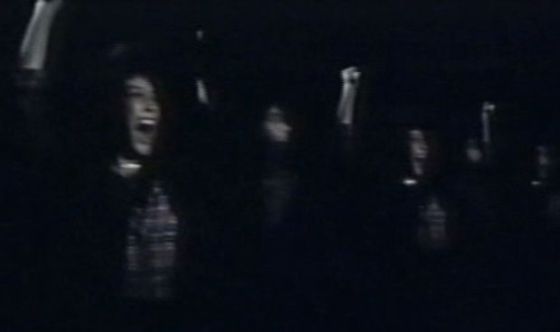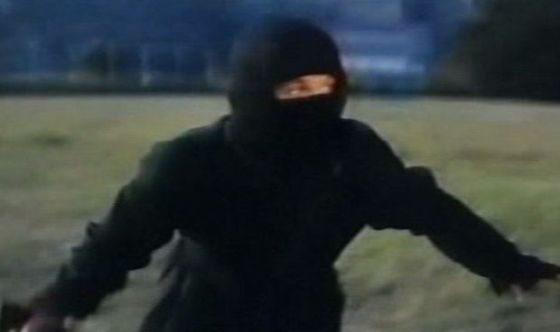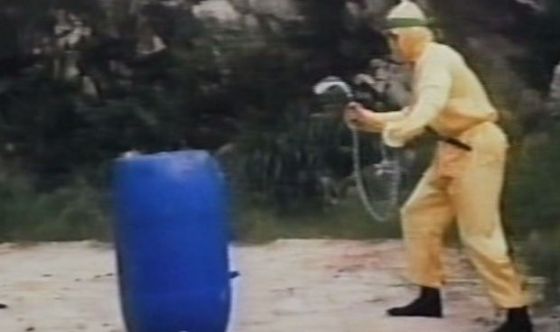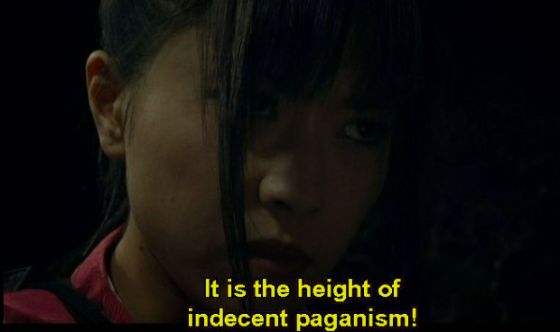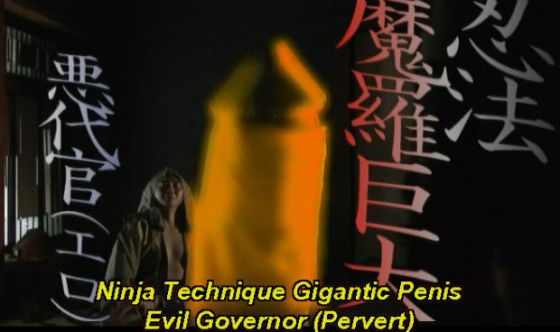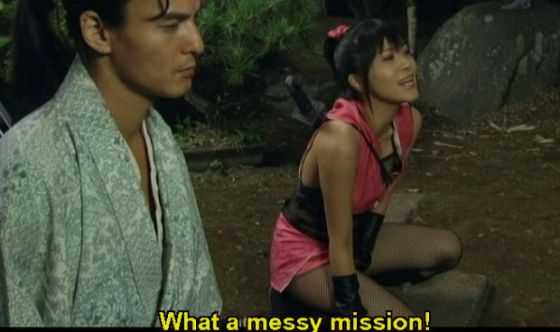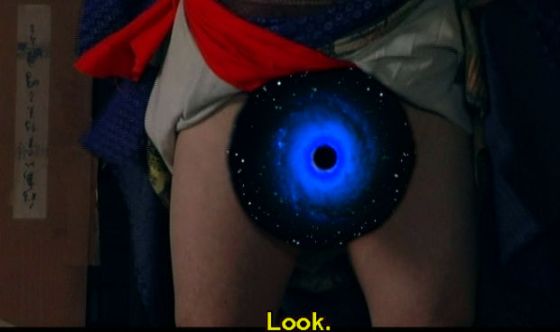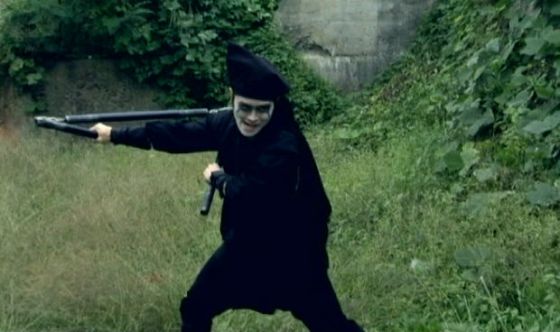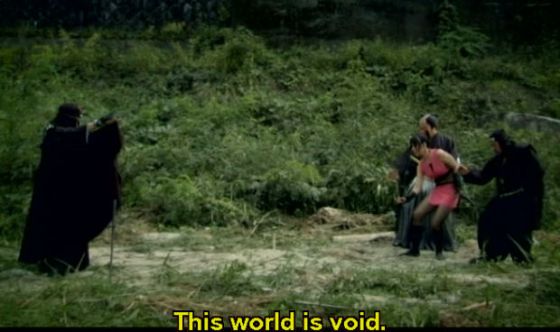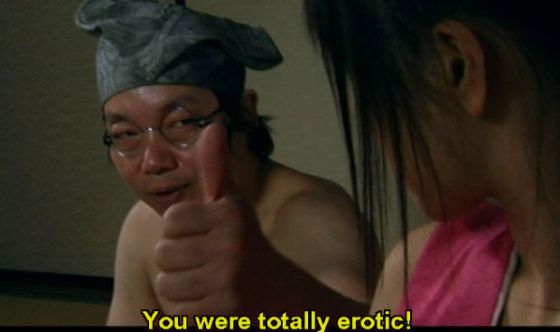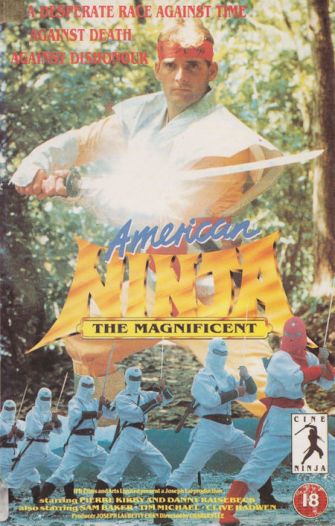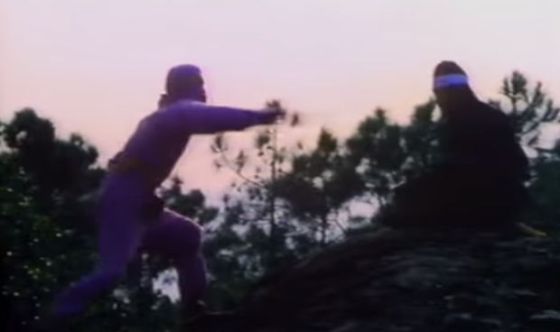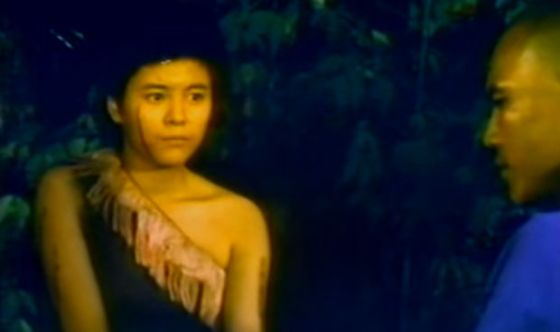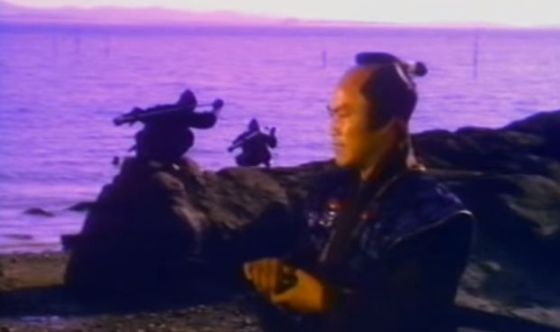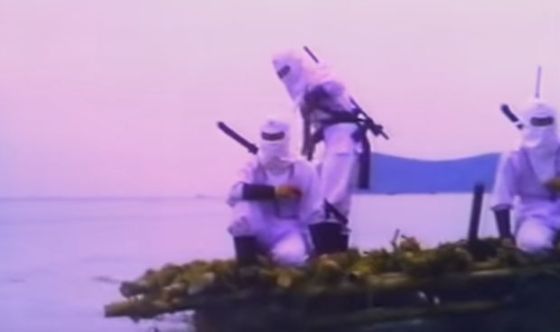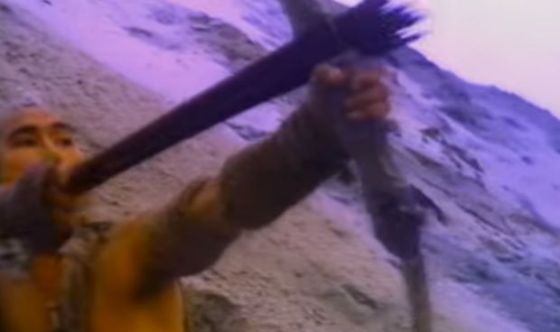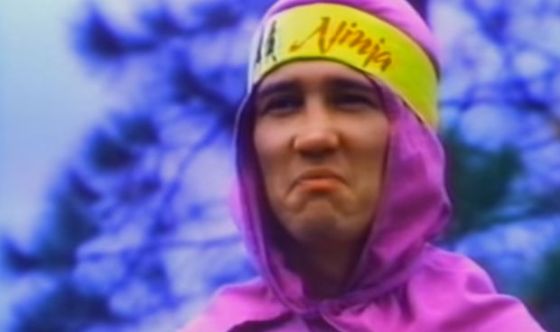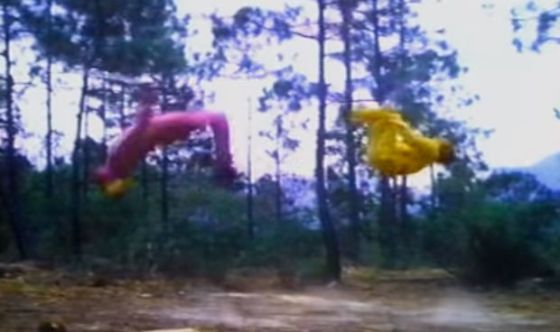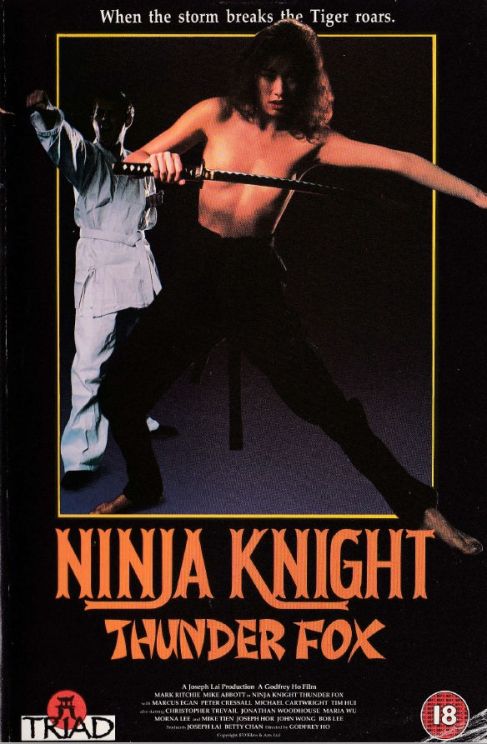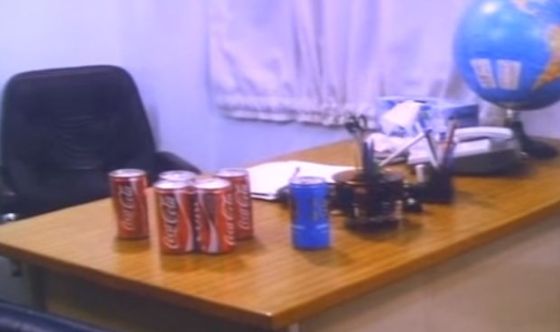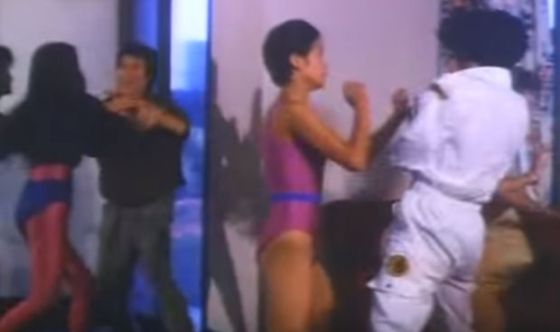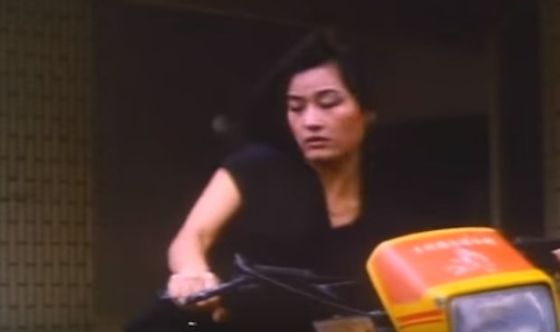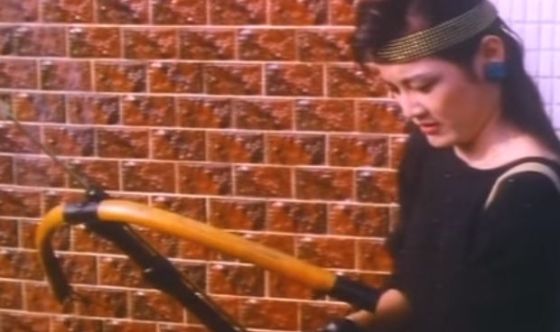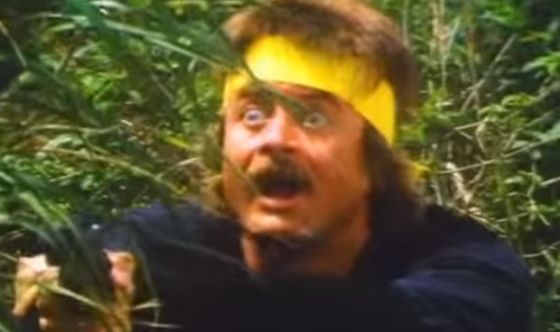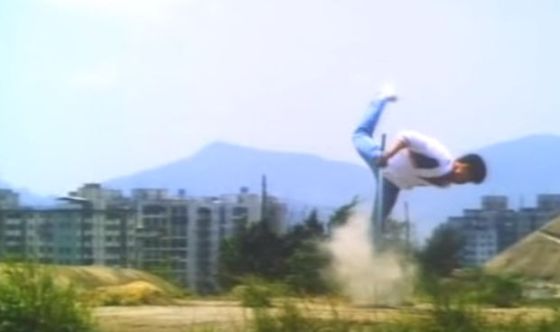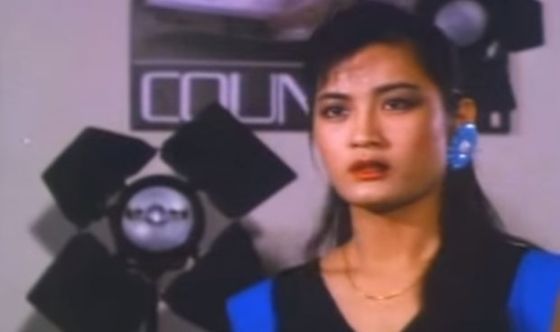Phoenix The Ninja (1981) is a Joseph Lai retitling of a Taiwanese film originally called (somewhat less excitingly) Miraculous Flower. Ninjologists will be sad to learn that, not only was this released before Lai starting splicing bonkers caucasian ninja footage into his movies, but there’s also very little of the ultraviolent ninjoid mayhem we know, study and love. However, it’s still interesting; partially for its iconic sleeve art (a staple of video stores worldwide) and also because it’s a decent little obscurity that, were it not for Lai, those of us outside of Asia may never have seen.
Miraculous Flower was the brainchild of Pearl Cheung, an actress/director/writer who’d already made three films of a similar style – Butterfly Pearl, Wolf-Devil Woman and Wolf-Devil Woman 2 : Matching Escort. While I think you’d be stretching disbelief to claim her an unsung auteur, it’s an impressive body of work for a woman creating in an almost exclusively male-dominated epoch and there’s a real consistency to what she did. She clearly had a love of wuxia fantasy novels and her films are loaded with brilliant mad ideas, classical allusions and poetic grandeur, even if the conceptual enthusiasm far outweighs the technical realities. This could just be budgetary restraints (all of these movies were made very cheaply) but we’ll never know, since Cheung stopped directing after Matching Escort, and Miraculous Flower appears to be the last film she even wrote (director’s credit here goes to Fong Ho). In fact, two years later, after appearing alongside Jackie Chan in the nutty Fantasy Mission Force, she vanished from the public eye altogether and I can’t find anything about what happened to her.
In this film, she plays a peasant girl called Mai and the film opens, almost Django-style, with her dragging a corpse across a snowy landscape while a dramatic score blares out. She arrives penniless at an inn, begging for a room to house herself and her mother (the corpse, it seems, she won’t admit is dead – “she’s just very sick!”). How did she get to this low point? Well, it turns out her mother, from her sickbed earlier, sent Mai on a quest to find the White Haired Fairy, who lives in the Phoenix Temple, high in the Jade Mountains (because, of course she does). Somewhere up there is a box containing “a great, great secret” and it’s Mai’s destiny to open it with a special iron pin…
Back to the present, Mai gets lucky at the inn, running into an only slightly rude older lady who offers to share a room and some home truths (“You’re dumb! You’re very, very dumb! Your mama’s been dead for quite a while!”). The next morning, Mai finally buries her mother and her quest begins in earnest, as she wanders the countryside bumping into all kinds of further strange characters in a manner typical of the genre. There’s a nobleman who dresses all in white (and who is, blatantly, the mysterious masked “White Swordsman” that gets talked of); a kindly old man who adopts Mai as his daughter; a creepy monk who sits under a waterfall waiting for a prophecized fight he may or may never get; oh, and a couple of ninjas!
Like I say, there really isn’t much ninjing in this film. We get the White Swordsman, who could almost pass for one, and he fights a purple ninja (we don’t really learn much about this guy’s background as he dies before he chance to tell us) and there’s also a completely random black ninja who attacks Mai on a bridge. Still, no one says the N word aloud and I think you’d struggle to argue that they’re anywhere near the focus of the movie. Mai herself, who is presumably the titular Phoenix, is not a ninja and does not ninj throughout.
Most of the fighting here is of a balletic nature with clashing swords, Peking Opera style, rather than fists and guts. There’s a ton of wire-work and, while wire-work as an art is impressive in itself, this stuff isn’t particularly well executed. It relies on close-up shots and fast edits to hide the fact that, in longer, wider shots the wires are very visible indeed. It’s a shame because there are some great locations for the fights (a waterfall and a snowy mountain being two of the highlights) but the rough choreography doesn’t really lend them justice.
That said, there impressive moments. I don’t know if Taiwan is just full of dangerous rope bridges or if it’s the same one they use in loads of these films but the scene on the bridge is pretty terrifying. I would probably break down crying if I even had to walk across one of these so it always amazes me to see Taiwanese actors and stuntpeople perform all kinds of madcap antics on them. Did Pearl Cheung have all the appropriate safety precautions in place when she shot the scene below? Or was this just a risk she was willing to take for her art?
But yeah. The film has flaws. It’s not brilliantly made and the plot gets too convoluted when a mysterious revenge element is brought in (although I was surprised by at least one of the twists). In addition, it relies on a number of tropes that are particular to wuxia and – if unfamiliar and not prepared to accept that these things happen BECAUSE OF DESTINY – a western viewer could find it hopelessly contrived. It may well also be that the international version doesn’t showcase the film at its best. Joseph Lai, in his wisdom, cut two minutes out (not sure why – a spoiler-filled shot-by-shot comparison can be found at moviecensorship.com) and the English dubbed translation is perhaps not that sympathetic. While I imagine it’s accurate to the original script, some of the phrasing sounds awkward, silly and over-dramatic when said aloud.
What makes it endearing and watchable though is the sheer scope of the ideas. The sets and locations, while not made on Shaw Brothers budgets, have a certain beauty to them and occasionally lend real drama to the proceedings. The climax takes place in a cave full of fire and this is undeniably impressive stuff. Sure, you can see the wires as Cheung flings herself around but it’s still cool because, well, everything’s on fire. Like, everything. Is. On Fire. In scenes like this, you can see that in her mind Pearl Cheung was visualising something truly spectacular. Who knows if one day, had someone put up the money, she could’ve made the spectacle in her mind? As it stands, Phoenix is probably the weakest of her legacy of curios but even this – while not as ninja-friendly as the usual fare for this blog – is worthwhile viewing for any deep martial arts collector. And you should see what Wolf-Devil Woman has to offer!

